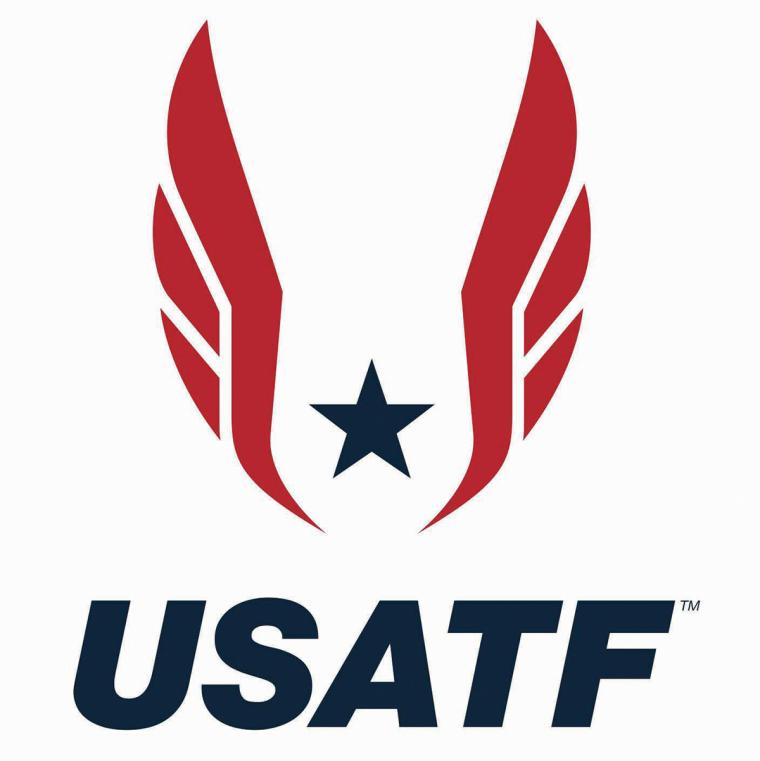

More than 130,000 Americans are members of USATF. Member organizations include the NCAA, NAIA, Road Runners Club of America, Running USA and the National Federation of State High School Associations. Fifty-seven USATF Associations oversee the sport and its more than 3,000 clubs at the local level, with thousands of volunteers keeping track & field vibrant on the local and national levels.
The USATF also promulgates rules for the sports, sanctions more than 8,000 events per year, develops and chooses the national teams, certifies race courses for accuracy and validates results, and conducts coaching education courses. It also establishes grassroots programs, such as the Junior Olympics, to help identify and develop the future stars of the sport.
Sports Destination Management: The sport of track & field seems to be popular year after year, despite new sports coming on the scene.
Duffy Mahoney: Yes – the high school numbers and the USATF youth and club member numbers just continue to grow. Something we saw this year on the high school level is a big jump in the number of girls in outdoor track & field; that rose by 8,508, according to the National Federation of State High School Associations. For boys’ high school sports, track & field was the second-largest, right after football.
SDM: How many kids overall are in track & field?
Mahoney: Just under 1.1 million, if you combine both indoor and outdoor versions of the sport.

Mahoney: It’s really proportional to the size and stature of the event. For example, there might be hundreds of great facilities at the high school and middle school level in a given state – or even a given area. A local association has a large number to choose from. There’s no shortage of good facilities. It used to be only a few high schools, for example, would have a track & field facility where you could host a statewide meet. Now there are often several of them in one area.
SDM: Does it always go hand-in-hand with a strong athletic program or a good economic impact for that program?
Mahoney: I think it’s always in some way partnered with the level of activity that is going on. If you have a coach who comes to a school and who builds a very active and successful program, within years, you will see the school investing in a new track or investing in improvements.
SDM: Switching gears to distance running: earlier in the year, we saw the really well-publicized attempt to run a sub-two-hour marathon. It failed, but not by much. Do you think it is a milestone someone will break?
Mahoney: Yes, I think someday we’ll see it. Of course, this is going to be a circumstantial happening. The way Nike set it up, it was on a closed course with a pacer, with world-class runners who had trained just for this. In a marathon on the open road, there are so many variables: humidity, heat, the crowd, the course – it all has an effect on the body.
SDM: So the fact that it could happen in a set-up and controlled perfect environment doesn’t mean it’ll be happening everywhere?
Mahoney: Exactly.
SDM: Do you think the publicity the attempt got will raise awareness of the marathon in general?
Mahoney: I think it is; the numbers of people in marathons are growing. If you go to our conference, every city has a booth for its marathon in our expo area because people are aspiring to complete a marathon. It’s a phenomenal industry. SDM

